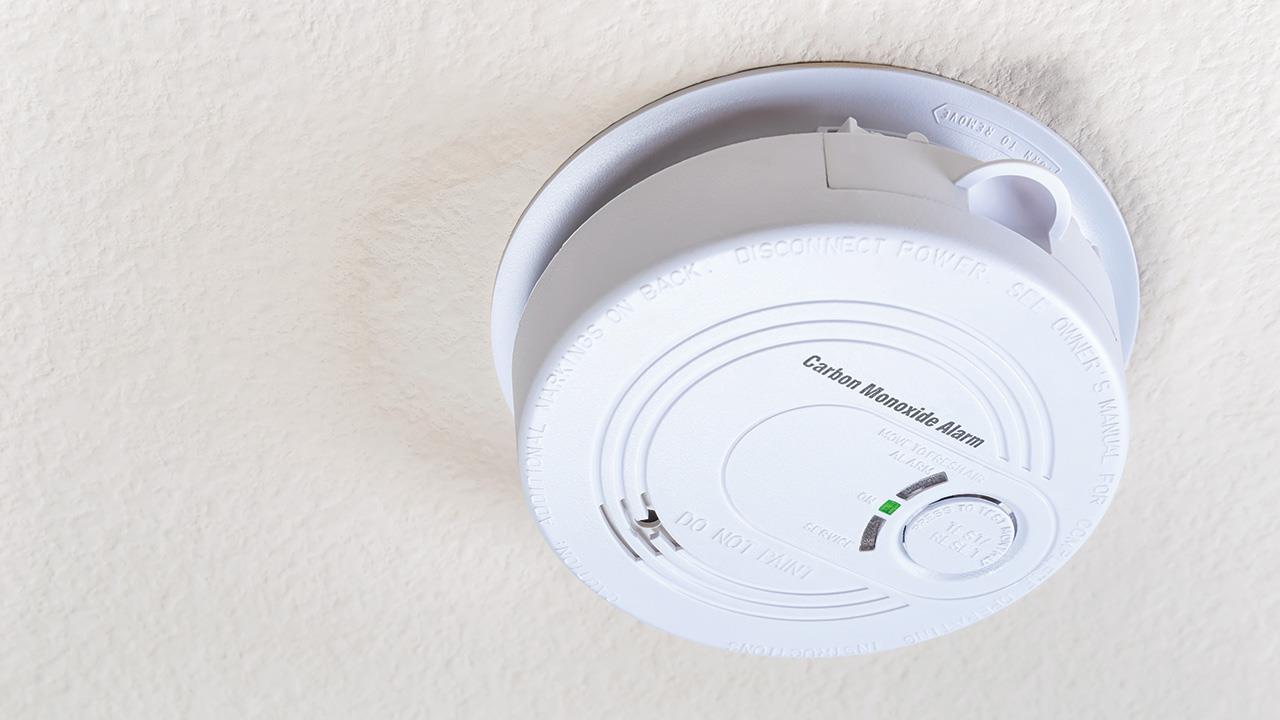

While many homeowners and landlords are at least somewhat aware of their responsibilities and have a basic understanding around carbon monoxide, heating engineers also have a role in continuing the great track record of safety in the industry and following the latest legislation and guidance. All fuel burning appliances should be serviced annually which includes an inspection and testing of casing seals, flues, and chimney systems.
It is important that homeowners, including private and social landlords, ensure carbon monoxide alarms are present inside properties and follow the legislation for their best use.
Differing standards
For England, the Smoke and Carbon Monoxide Alarm Regulations, which were amended in October 2022, dictate the rules for carbon monoxide detectors, which differ from smoke alarms and, in some cases, heat alarms. This can cause confusion.
There are also variations in the regulations and guidance between England, Wales, Scotland, and Northern Ireland, so it is worth checking which rules dictate how alarms should be used in the region you work in.
Landlords have responsibility for the installation, maintenance and replacement of carbon monoxide detectors; a recent example of this is in Northern Ireland where the Private Tenancies Act, which came into effect on 1 April 2023, now places this responsibility on private landlords.
When installers and engineers carry out work in dwellings controlled by a landlord, whether private or social, it is important that failure to uphold safety standards is appropriately addressed. In order for this to be possible, installers and engineers must be aware of the requirements around carbon monoxide detectors.
Room requirement
In England, the 2022 amendment to the Smoke and Carbon Monoxide Alarm Regulations mandated that every room containing a flued fuel burning appliance (except for gas cookers) must have a carbon monoxide detector fitted.
Regulations in Scotland and Northern Ireland state that a detector should be fitted in any room where a new or replacement fixed combustion appliance (excluding those used for cooking) is installed.
Wales’ regulations refer to fixed solid fuel appliances at present and say a detector should be fitted in any room where a new appliance of this kind is installed. This may soon extend to all fixed flue appliances of any fuel type following the result of a Welsh government consultation which closed on 28 April 2023.
Guidance can also vary across countries, in regard to additional carbon monoxide detectors. Scotland recommends when a new or replacement fixed combustion appliance is installed in an inter-connected space, for example, an integral garage; and also considers an early warning to high-risk accommodation, that is, a bedroom or principal habitable room where a flue passes through these rooms.
The Welsh government consultation has included seeking views on these additional locations too, and also considering loft spaces where boilers have been installed.
Perfect placement
Once the rooms that require detectors have been identified, the devices must be properly sited.
Generally, the ceiling is ideal, as carbon monoxide is about the same weight as normal air but is usually warm when it leaves an appliance and will therefore rise.
When installing on the ceiling, detectors should be at least 300mm from any wall. If placed on a wall, it should be as high up as possible and certainly above the level of doors and windows, but not within 150mm of the ceiling. In all cases, detectors should be between 1m and 3m horizontally from the fuel burning appliance.
Carbon monoxide compliance
The regulations that landlords must comply with is BS EN 50291-1:2018. This tells homeowners, landlords, and heating professionals that carbon monoxide alarms must be powered by a battery designed to operate for the working life of the alarm. The alarm should have a built-in alert that informs residents that the battery is soon to die or the alarm itself is about to expire.
A mains-powered alarm can also comply with BS EN 50291-1:2018, however it must be Type A and wired in rather than powered via a plug. Like battery-powered alarms, there must be a built-in warning when the device is reaching its expiration.
In some cases, concerning elderly or otherwise vulnerable people, the alarms are required to trigger other alarms, making them harder to miss or ignore, therefore maximising their effect.
Testing
In order to make sure that alarms haven’t expired earlier than expected, they must be regularly tested. No special training or equipment is needed and the tests can be carried out by tenants without involving landlords or heating professionals. The landlord’s responsibility here is to ensure that each tenant is provided with information needed to carry out proper testing on an appropriate schedule.
Should a tenant encounter a problem, such as a failing battery or other fault with a carbon monoxide detector, the landlord must have the device repaired or replaced in a timely manner once notified by the tenant.
In most cases, it is the property owner’s responsibility to ensure the right steps are taken, however heating engineers have an opportunity to assist them in keeping to guidelines and avoiding legal ramifications.
By learning the guidelines and noticing when a property isn’t adhering to them, professionals can discuss the rules with landlords and homeowners. This will not only position heating installers and engineers as responsible and trustworthy experts but also contribute to upholding the high levels of safety in the industry and wellbeing of the consumers it serves.
If you'd like to keep up-to-date with the latest developments in the heating and plumbing industry, why not subscribe to our weekly newsletters? Just click the button below and you can ensure all the latest industry news and new product information lands in your inbox every week.